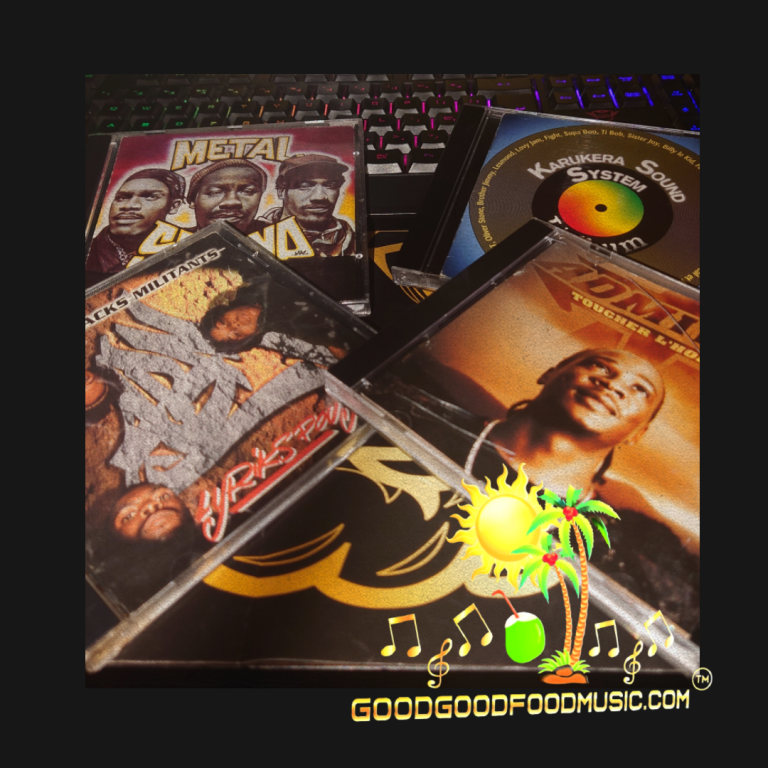III- Connections with Africa and the Caribbean:
By RD Mehal
When Hip-Hop first came to Europe in the 1980s, Afrika Bambaataa was a forerunner, and when he visited France he was struck by the sheer importance of African cultural influence from the Caribbean and Africa.
Countless French Hip-Hop stars show close attachments, though less explicitly, to Africa. Rappers in the 1980s and ’90s had to keep references to Africa at bay for a few reasons. First, openly extolling Africa would have been offensive to the millions of immigrants who had emigrated from Algeria and other North African countries due to the economic hardship they experienced there, and many rappers were likely to have parents who had done so.
The rise of RAP in France is linked to the postcolonial alliances that stem from ex-colonial Africa( Former French colonial countries such as Cote d'Ivoire,Algeria, Ex-Zaire...) and the Caribbean (Martinique & Guadeloupe). Therefore, the definition of Africa according to French notions, and the status of racism in French society are fundamental to explaining the Hip-Hop and RAP phenomenon in France. Rappers like "MC SOLAAR" and the Group "Ministere A.M.E.R" are overwhelmingly African and Caribbean, and by taking on the challenge of their invisibility in French society and identifying their origins, they both rename themselves and challenge French notions of ethnicity and citizenship.

"Les Tam-Tam de l'Afrique":
Rappers Championing Freedom and Change in Former Colonial Nations
IAM draws much of its music from African influences. Their 1991 song "Les tam-tam de l'Afrique" was one of the first French rap songs to address slavery directly. This song "was about African plunder, abductions, the Middle Passage, and the plantation economy of the Americas". It takes a cue from a Stevie Wonder song, "Past Time Paradise" that, fittingly, mentions race and slavery as well. Many other French Hip-Hop artists expressed the same message with their lyrics, combining forces to mark the 150th anniversary of the abolishment of slavery in France in 1998. On the anniversary of the abolition of slavery in Martinique (an overseas department of France in the Caribbean), on 22 May Paris’s Olympia theater held a concert that began with "drummers chained together" and included "rappers of African descent" Doc Gyneco, Stomy Bugsy, Arsenik, and Hamed Daye.


IAM also uses imagery from ancient Egypt. Some group members took names reflecting this influence. IAM member Eric Mazel, for instance, is known by the nickname Kheops, after the eponymous architect of the Egyptian pyramids.
French Hip-Hop also incorporates African instruments including the Kora, balafon and ngoni in its sound. Some of the drums used in Africa and the Caribbean ( "derbuka from North Africa, djembe from Senegal, gwo ka drums from Guadeloupe, bèlè drums from Martinique and Dominica, etc.) The combination of the many traditional African, Caribbean and other instrumentals created French hip-hop and shaped it.
In our time, the Democratic Republic of Congo and its diaspora around the world, particularly in Belgium and France, has generated some of the largest and fastest-growing French-language rap artists. Classic Congolese music, even in the indigenous Lingala language, has found global acclaim including from Congolese-derived artists like Tiakola, Dadju, Damso and GIMS, who have collaborated with Congolese musician, Fally Ipupa.
©Copyright. All rights reserved.
We need your consent to load the translations
We use a third-party service to translate the website content that may collect data about your activity. Please review the details in the privacy policy and accept the service to view the translations.